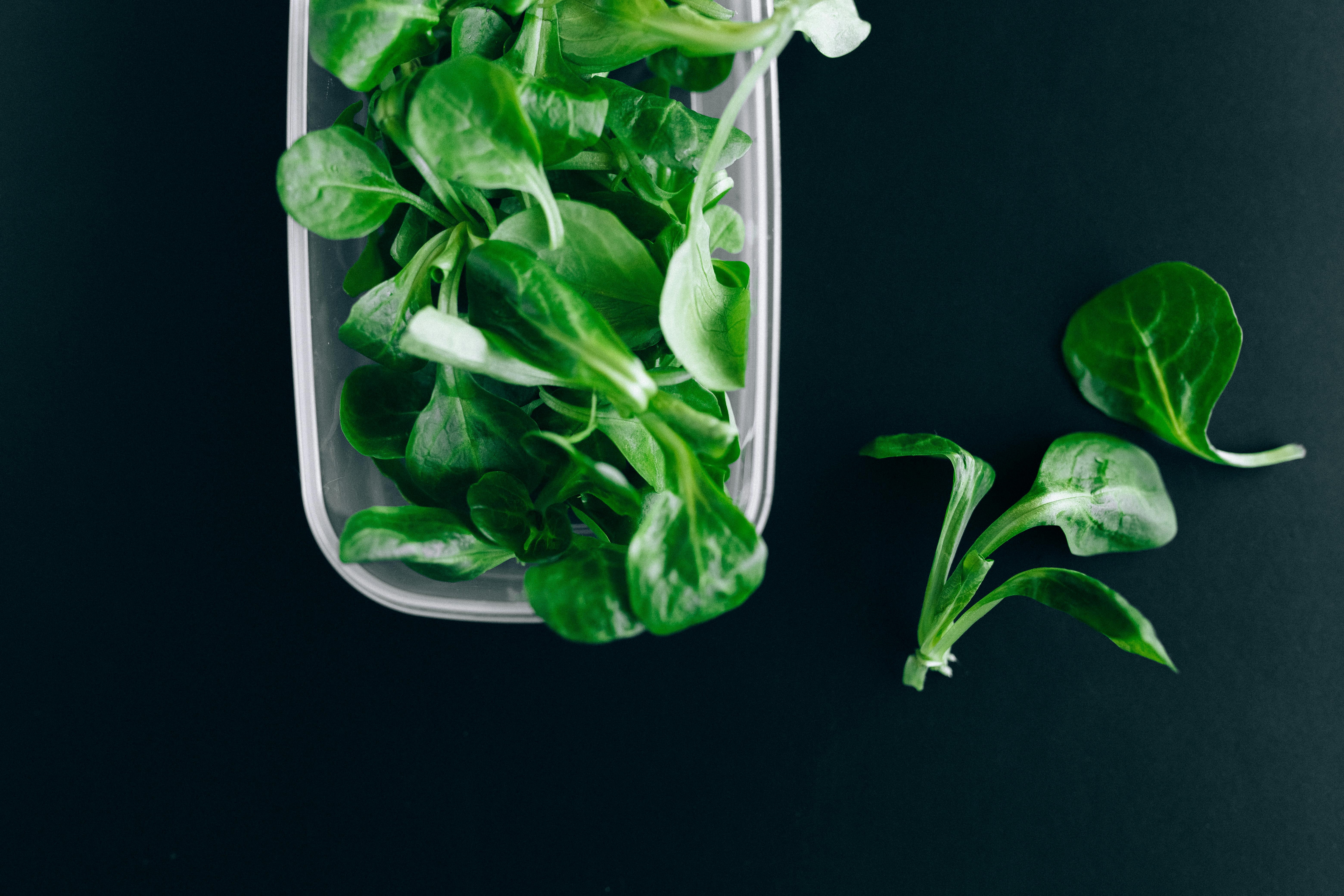Raised Panel Siding – A Stylish Option for the Savvy Hobbyist and Seasoned Professional
Raised panel wainscoting is another elegant design option that can be easily incorporated into any living room or dining room. It also adds a touch of character to otherwise bland stairs. Unlike traditional flat panel wainscoting, where the surface is even, the end result shows a raised pattern against the flat wood.
Like the traditional coffered ceiling, the frieze of the panels in relief is made in the lower part of the wall. Wainscoting is typically installed 3 to 5 feet above the floor, under accent molding or railing. It’s a great way to prevent scuff marks and furniture gouges in the wall, especially if the rails are installed to prevent furniture from rolling off the walls. Most friezes also feature a bottom rail, usually of the same material as the top trim.
The main difference between wainscoting and raised panel wainscoting is the design. Raised panels feature symmetrical geometric designs or trim strips attached to flat panels. This type of lining has been popular since the mid-17th century. Classy, understated and definitely eye-catching, it’s a wise addition to any room in the house.
It used to take hours of work to get that look, but now you can easily install your own raised panel wainscoting. Go crazy with the designs: geometric patterns are the favourites. The important thing to note is that the design should not be cut at the corners, so some good measurements will need to be used. Check out the handy wainscoting installation guide here to help you navigate those tricky corners and joints.
Wainscoting is a great way to add extra insulation and protection to your walls. Before, only wealthy families could afford to have a craftsman come and add this decorative look to their home. Today, even the most budget-conscious homeowner can easily add wainscoting to any room in the house.
Installation kits are available at most home supply and hardware stores and can be easily customized to fit even the smallest corners. The cheapest ones are made from inexpensive beadboard and are great for informal rooms like nurseries or playrooms because they’re easier to clean. You can easily make a faux raised panel wainscoting by painting the trim and installing a bead board underneath.
Wainscoting is also a great way to update old cabinets and closets with a raised panel wainscoting exterior for a stylish effect. If you’re not looking to undertake a big project but would like to try your hand at finish carpentry, this is a great way to start.
Raised panel siding used to be made only from expensive hardwood, but today there are many materials available to suit any need. An easy way to do this is with a frieze frame in a design of your choice and use a different material for the raised moldings. A great type of material is medium-density fiberboard (MDF), which is very easy to work with, stable, and inexpensive. Regardless of what you choose to work with, raised panel siding can definitely be a great design option.
